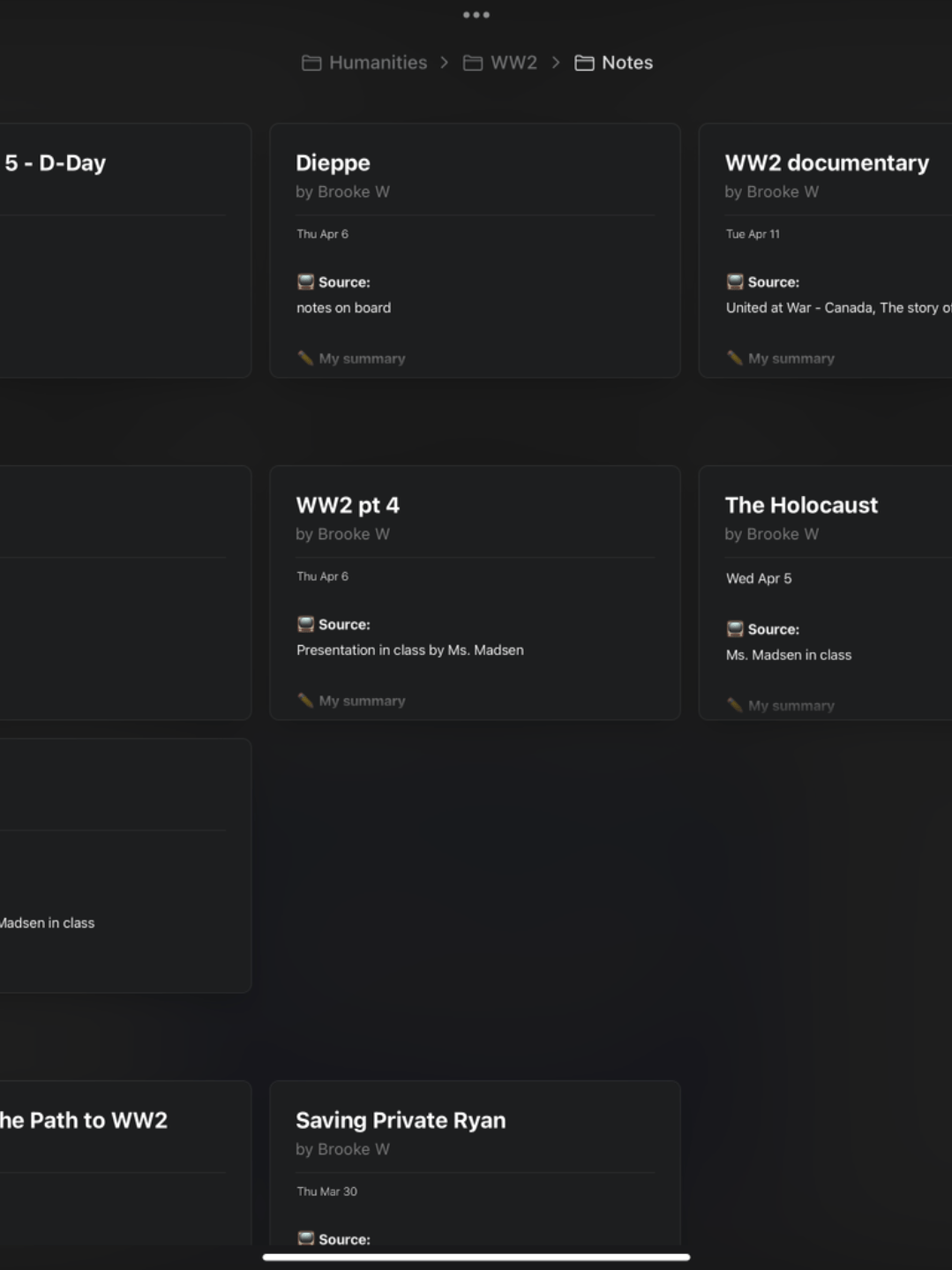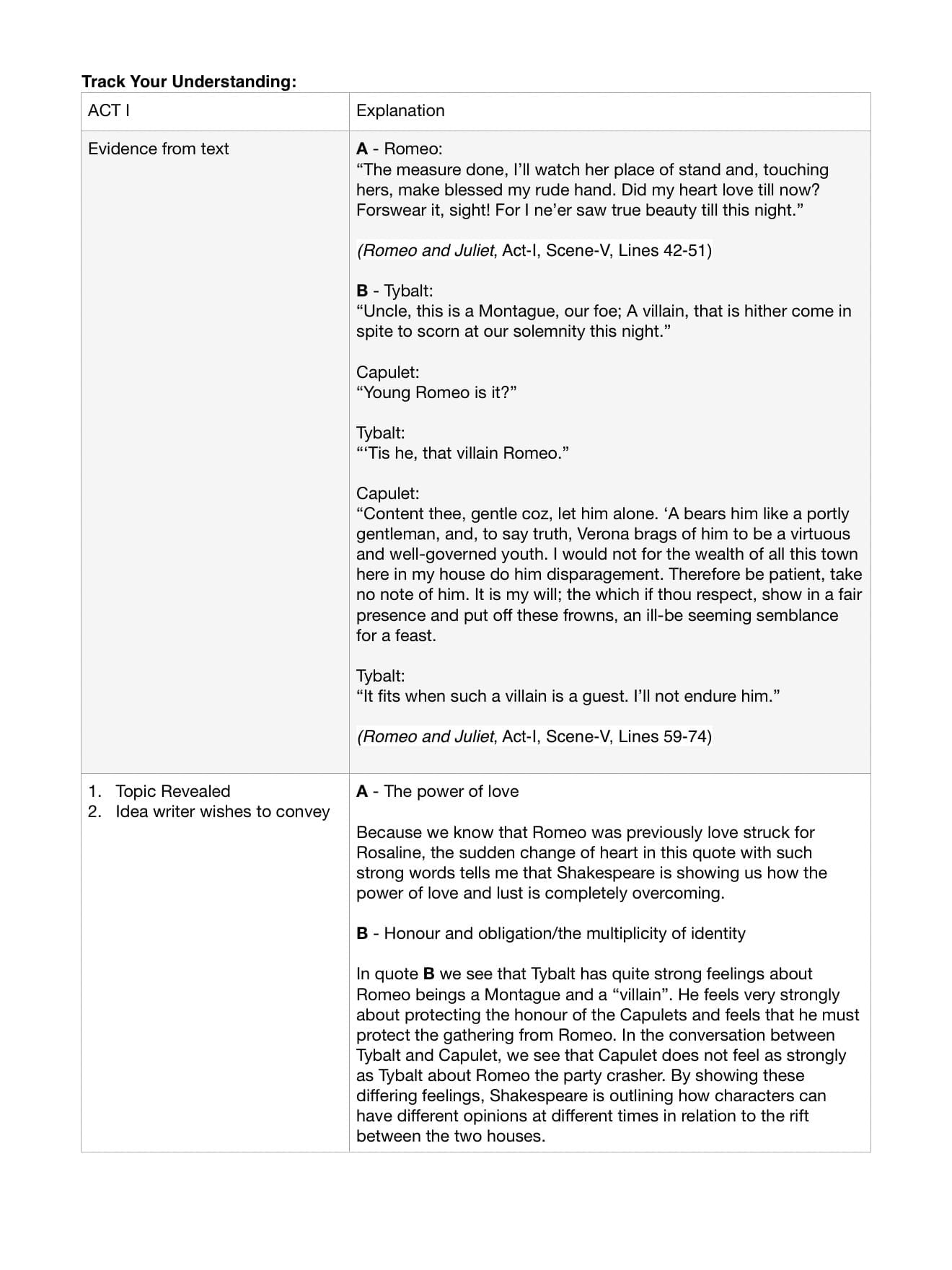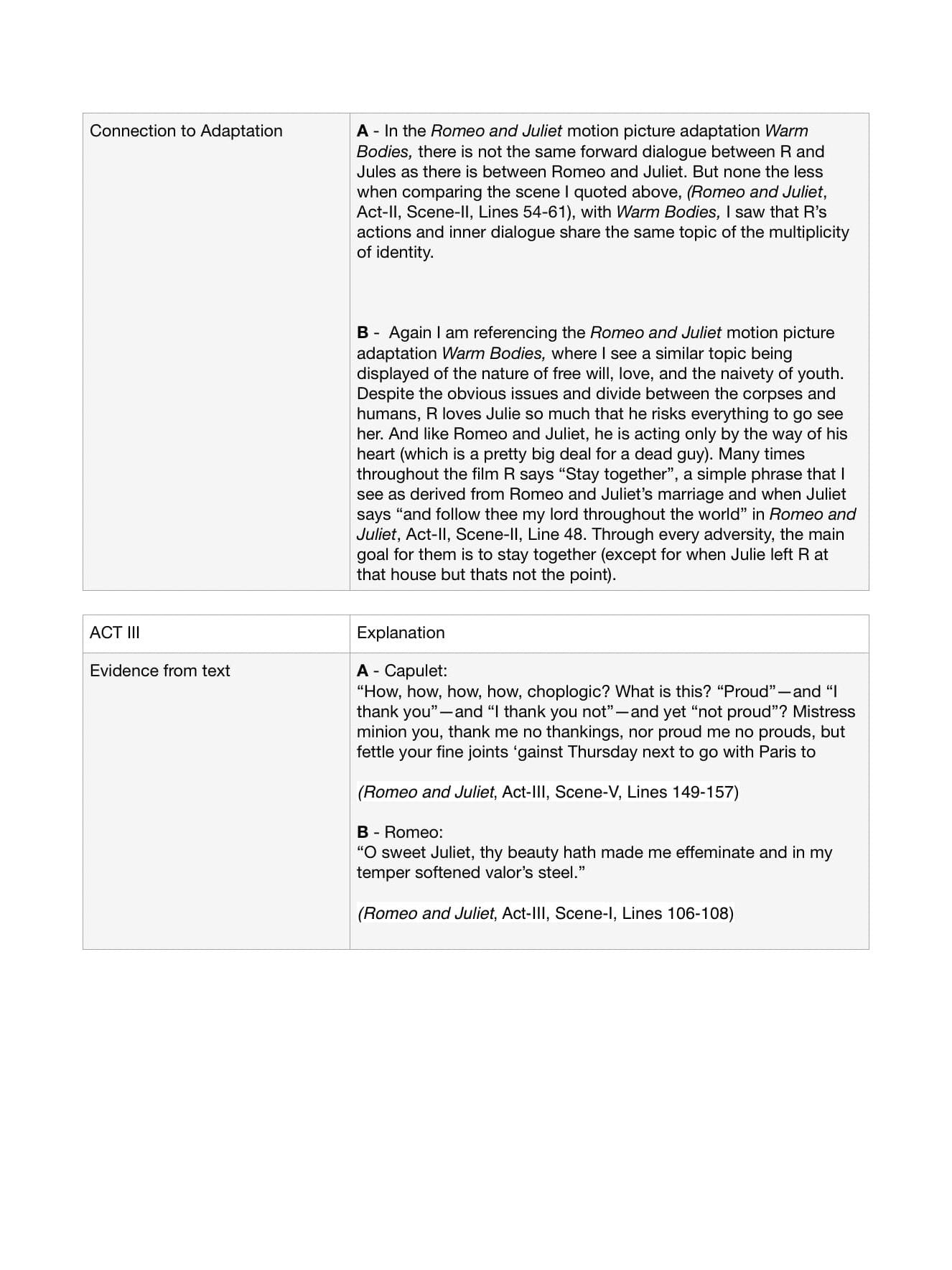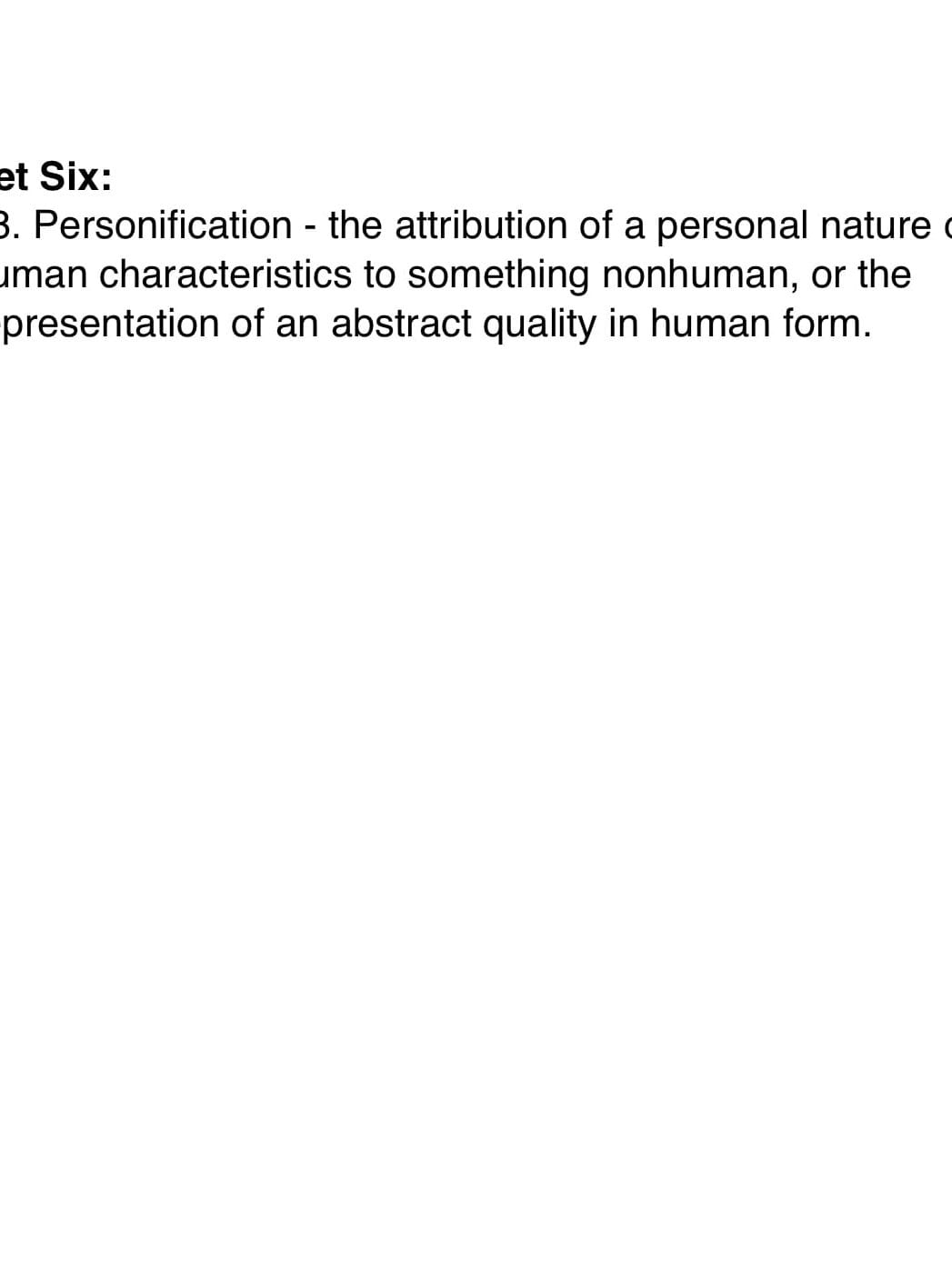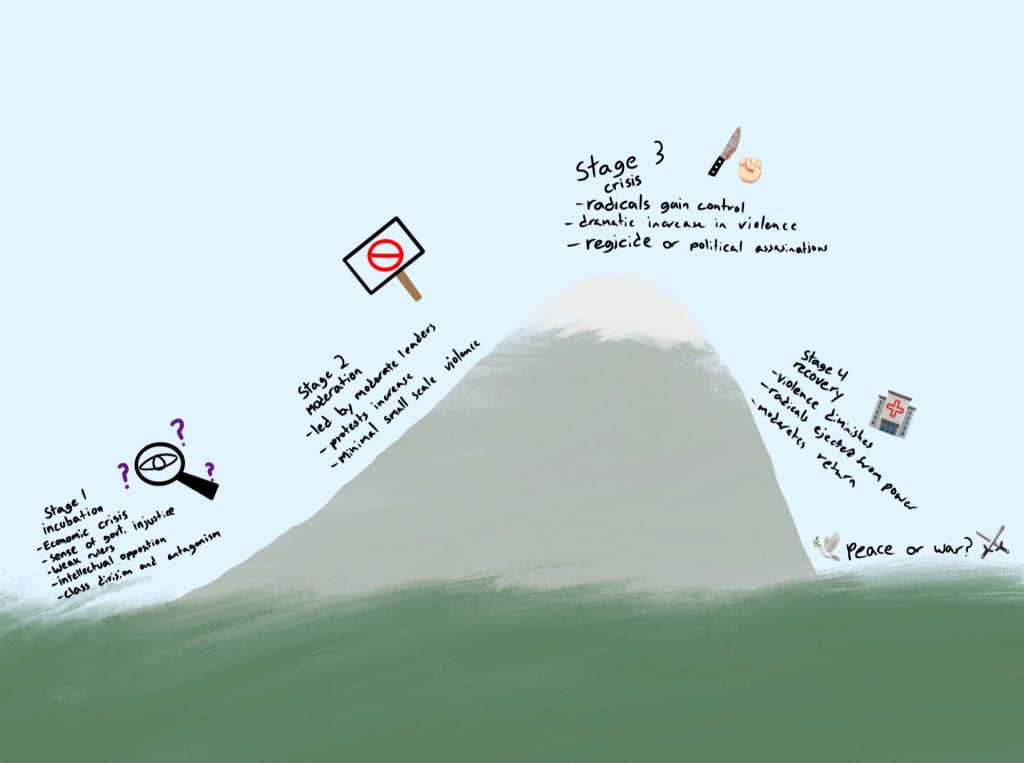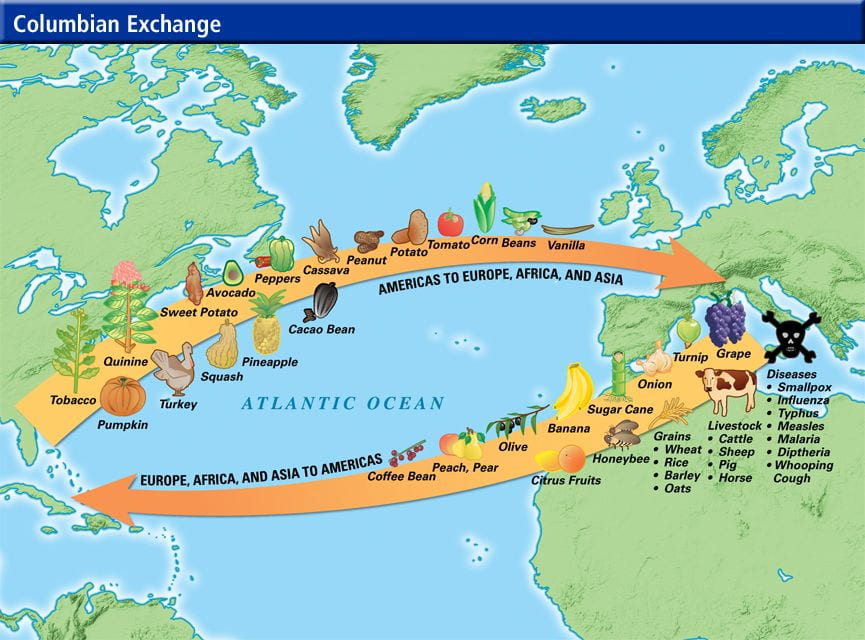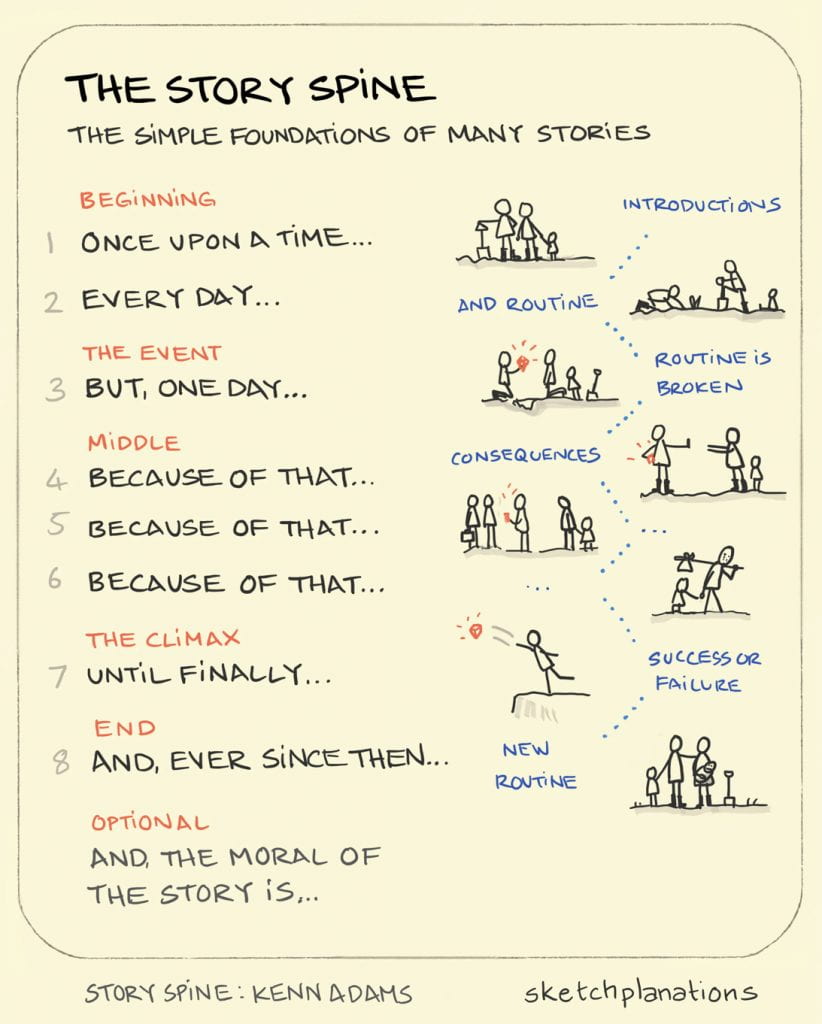Yo what’s up guys welcome to politics. This project was called “Who Cares and Why Bother?!”. This project focused on our processing skills as we;
- Investigated human nature and how humans organize themselves
- Learned about the government system in Canada
- Looked at issues important to young people and why or why not they vote
- Developed a presentation to showcase the Canadian govt system and encourage young people to vote
That’s the overview of this project so let’s jump in.
Lord of the flies
Investigation #1 was an analysis of Lord of the Flies by William Golding. Lord of the Flies is an allegory and its deeper meaning ties back to our quest to learn about politics. I chose to listen to an audiobook playlist on YouTube which allowed me to take some pretty detailed notes while listening. After chapter 8 I stopped taking those notes because I realized that audiobooks take a lot longer to listen to than it would be if I just read the book. I think it was super important for me to read and analyze the historical context and learn a bit about William Golding because that allowed me to already engage in deeper thinking beyond the text. In the discussion we had post-reading, I displayed complete knowledge of the book and as we all know, I love to talk, so I had a perfect opportunity to stretch my communication skills 💪.
Learning about politics
At the start of this project, I was a person who didn’t know much about Canadian politics or government and to be honest, I didn’t care. But thanks to my photographic memory I now have an immense understanding of everything we talked about and learned in class, especially the structure of government that was drawn out on the white board. Learning about how politics worked made me much more interested in it, and I think that’s is one of the reasons why youth don’t feel like they want to be involved in government processes. So who cares about politics? Usually older people, but in this project I learned that a lot of young people do care about politics and they should! Getting involved with the government and voting is a great way to contribute to positive change, which young people these days always seem to be fighting for. So when it comes to convincing young people to vote, focusing on issues they care about and telling them what each party can do to help seems to be an effective strategy!
Group project
For my group’s presentation, I created the keynote and edited and storyboarded some of our TikTok’s. My main contribution was actually keeping everyone organized and mapping out what we should be doing individually and as group work. I think without my organization we definitely would have struggled to complete the presentation on time. I think myself and the group could’ve used more of our time to practice presenting and of course it was a bit of a hitch in the plan to have 2 group members missing for our final presentation.
I think the most impactful part of our presentation was the TikTok’s we made on issues in Canada that we care about. Showing the youth that the issues they care about are being acted on by some parties (and not acted on by others), is a motivation to vote to create the change they wish to see.
Conclusion – Who actually cares? And Why Bother?
Who cares about politics and voting? I care, my classmates care, the adults in my life care, and many more people around the country and world. And why ultimately bother? To create the change you wish to see in the world. This project showed me that I can process ideas and further my understanding with deeper analysis and synthesis of information. I am proud of the work that I did and I know I am taking with me a lot of knowledge and regard for our political system and what my role can be.
This was a message from Brooke. do doo do do *← the theme from messages from the govt of canada*


